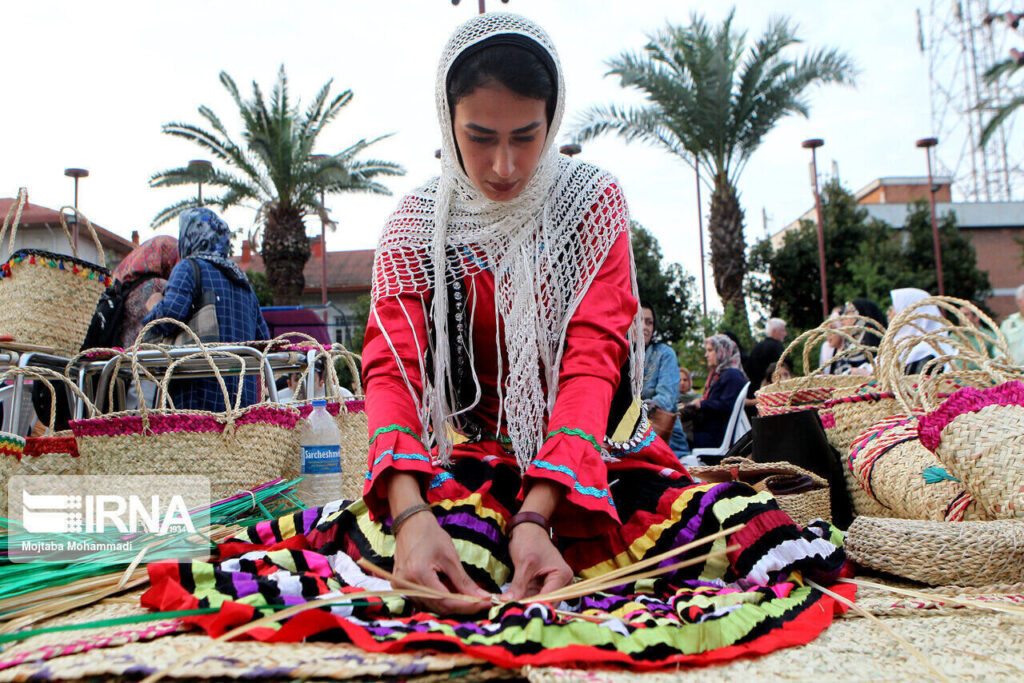Tehran – Deputy Minister of Handicrafts said, “We are compiling rescue plans for the handicraft sector to cover various regions, particularly in the economic sector.”
Maryam Jalali-Dehkordi told the IRNA that the rescue plan includes several chapters to complete the Persian craft value chain. “We have begun to deal with a variety of institutions. We hope that this plan will increase the convergence of all institutions, achieve 8% growth and increase employment and exports in line with national handicraft documents.”
She called the coastal states of Caspia and the Persian Gulf countries the main targets of Iran’s exports.
Emphasizing that this year was named the year of investment in production, she called handicrafts the most important cultural products. She added that it covers identity, economic, social and social cohesion.
According to management, handicrafts are the blue sea of business and she said they have enthusiastic customers for them.
The implementation of the project will depend on cabinet convergence, she added.
She continued. “We are also discussing the banking facilities of the High Employment Council and hope to operate in the near future.”
Regarding the quality of the crafts, she said: “We need to create a market, do market research and actually attract customers.”
“We have artisans, industrialists, merchants. In fact, the project is to boost the craft market.”
Available data compiled by the Ministry of Cultural Heritage, Tourism and Handicrafts currently stands at around $250 million, with an additional $250 million informal “suitcase” exports. However, the global handicraft market is valued at $770 billion, highlighting a major growth opportunity.
Currently, the selection of 13 Iranian cities and three villages is registered as “World City of Handicrafts of the World” by the World Handicraft Association.
KD

